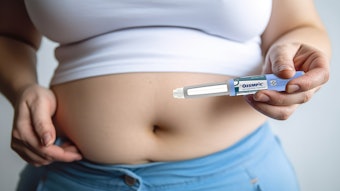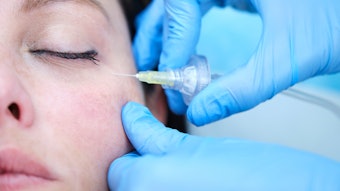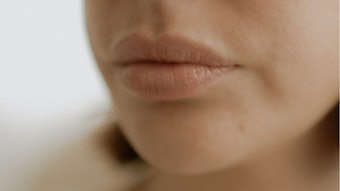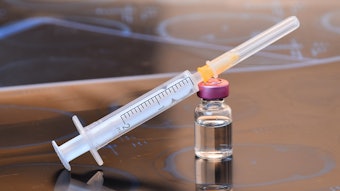
Researchers used ultrasound imaging to determine movement in the superfical and deep midface fat compartments during facial expression; their findings can help practitioners determine the correct products and technique for soft tissue filler and fat grafting procedures.
The results, published in the Journal of Cosmetic Dermatology (August 8, 2021), showed that the superficial midfacial fat compartments shift significantly when smiling, whereas the deep fat compartments do not display similar positional changes.
Related: How to Reduce Risks of Botulinum Toxin Injections in the Upper Face
The study included a total of 48 midfaces of 24 aesthetic-treatment naive healthy Caucasian subjects. Their midfaces were scanned using 18 MHz ultrasound imaging. The distances between bony landmarks (inferior orbital rim, infraorbital foramen) were used as markers to measure the cranial movement of the superficial and deep midfacial fat compartments between resting and smiling facial positions.
The superficial midfacial fat compartment moved, on average, 3.7 mm (p < 0.001) cranially, whereas the deep midfacial fat compartments moved, on average, 0.1 mm (p > 0.05) during smiling. No gender differences in mobility were identified (p > 0.05).
Related: Self-Crosslinking Hydrogel Filler Shows Promise
The authors note that these results are in line with previous cadaveric investigations and proved that the superficial midfacial fat comparments (superficial nasolabial and superficial medial cheek fat compartment) move in cranial direction.
Meanwhile, the deep fat comparments (deep pyriform space, deep medial check fat compartment, deep lateral cheek fat compartment) did not display similar positional changes. These results can be used to guide facial injectable treatments and help practitioners understand why, in the midface, a deep supraperiosteal approach should be favored when augmenting the deep midfacial fat comparments.











